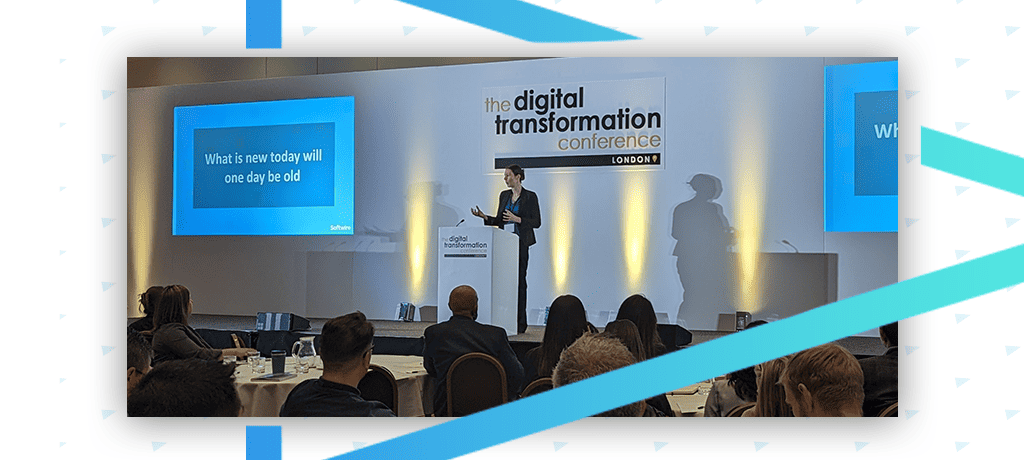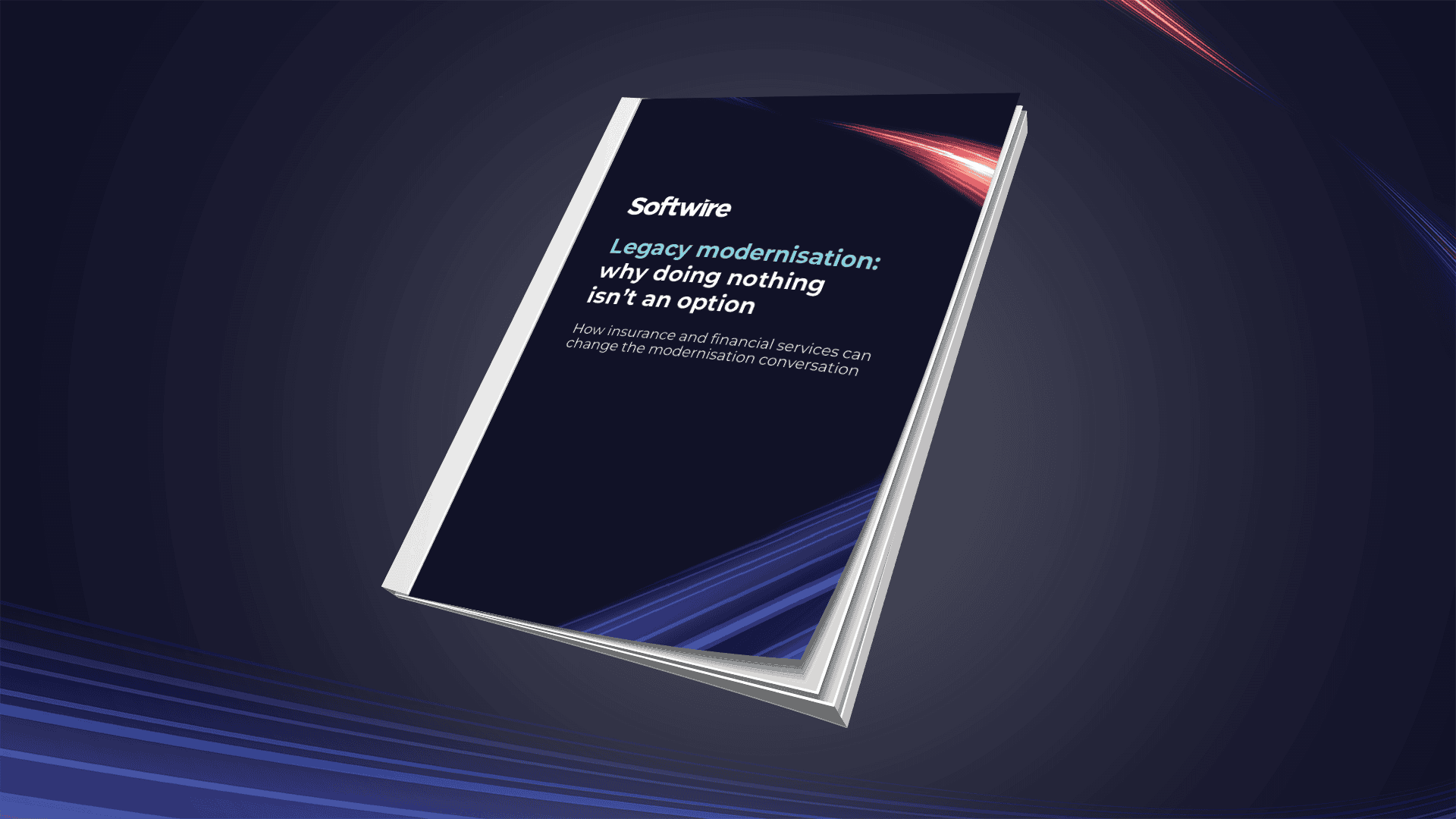
People love a big, headline-grabbing bit of innovation. A product category or feature that breaks new ground. Or something that totally transforms the way people interact with your services, and in so doing improves their lives.
But at the same time, unless you’re a completely new startup, you’ll also have existing technology that needs maintaining and enhancing, if it’s to continue serving your needs. Rather than big-bang change, this usually requires gradual evolution.
On the face of it, innovation and evolution can appear completely at odds with one another, as I’ve outlined in the table below. So how do you, as a CTO or technology leader, balance these competing demands?
| Evolution | Innovation |
|---|---|
| Slow | Fast |
| Gradual | Sudden |
| Strong | Brittle |
| Small step | Big jump |
| Holistic | Localised |
(It has been suggested that I could also add ‘boring vs exciting’ to the list. 😊)
My five-pillar approach to balancing innovation with evolution
I would love to tell you there’s a silver bullet to solve this conundrum. There isn’t. Instead, use this five-pillar approach – the same one I shared at the Digital Transformation Expo conference this May – to think in terms of five guidelines and heuristics:
1. Understand evolution and innovation
It’s essential for us as technology leaders to understand how we’d direct our teams and organisations if we were a) solely evolving our technology, or b) solely looking to reinvent and innovate.
Being clear on the difference provides context against which to make well-informed decisions.
2. Know what falls into each category
How you approach evolution projects may be different from how you approach innovation initiatives. When something comes forward, think about which bucket it falls into: is it a small change from business-as-usual, or are you straying a long way from the path?
3. Think tactically and flexibly
Thinking strategically is such a big part of what any business leader needs to do, that I almost feel dirty for using the words ‘tactical thinking’. But within your overall strategic framework, there will be times when making a tactical decision is actually the best choice to deliver value now, even if you know you’ll be incurring technical or cultural debt in the longer-term.
So leaders need to be prepared to be flexible, and make these decisions that may not, on the face of it, be pushing you towards where you think you need to go in the long term.
4. Be aware of the long-term impact of tactical decisions
That point made, you mustn’t lose sight of the longer term when you make a tactical decision. Understanding the impacts today’s choices will have in the future will help you decide whether the immediate benefits outweigh the longer-term costs. And if you do decide to go ahead today, this thought process will also help you plan for how you address the issues the tactical decision results in.
5. Review, review, review, and change direction
Once you’ve started thinking tactically and flexibly, you should be critically reviewing every decision. Has it delivered what you were hoping for? Has it fallen short? Or, best case, has it exceeded expectations?
Based on these insights, you should feel free to change direction. Remember that when you set an overall goal for your business or technology function, there are usually lots of ways to get there. By recognising this, and being willing to change rapidly and responsively, you’ll give yourself more chance of ultimately delivering the outcome you’re seeking.
Helping you make the right choices
The next time you’re faced with a request for your tech team to do something, I hope this framework is useful. I find it’s a valuable way to step back, consider the question in context, and ultimately make the decision that’s best for you, your team, and your organisation.
If you’d like to speak to me or my team about your project and how you can be more innovative. Tell us about your project and we’ll come back to you with our thoughts and guidance.


